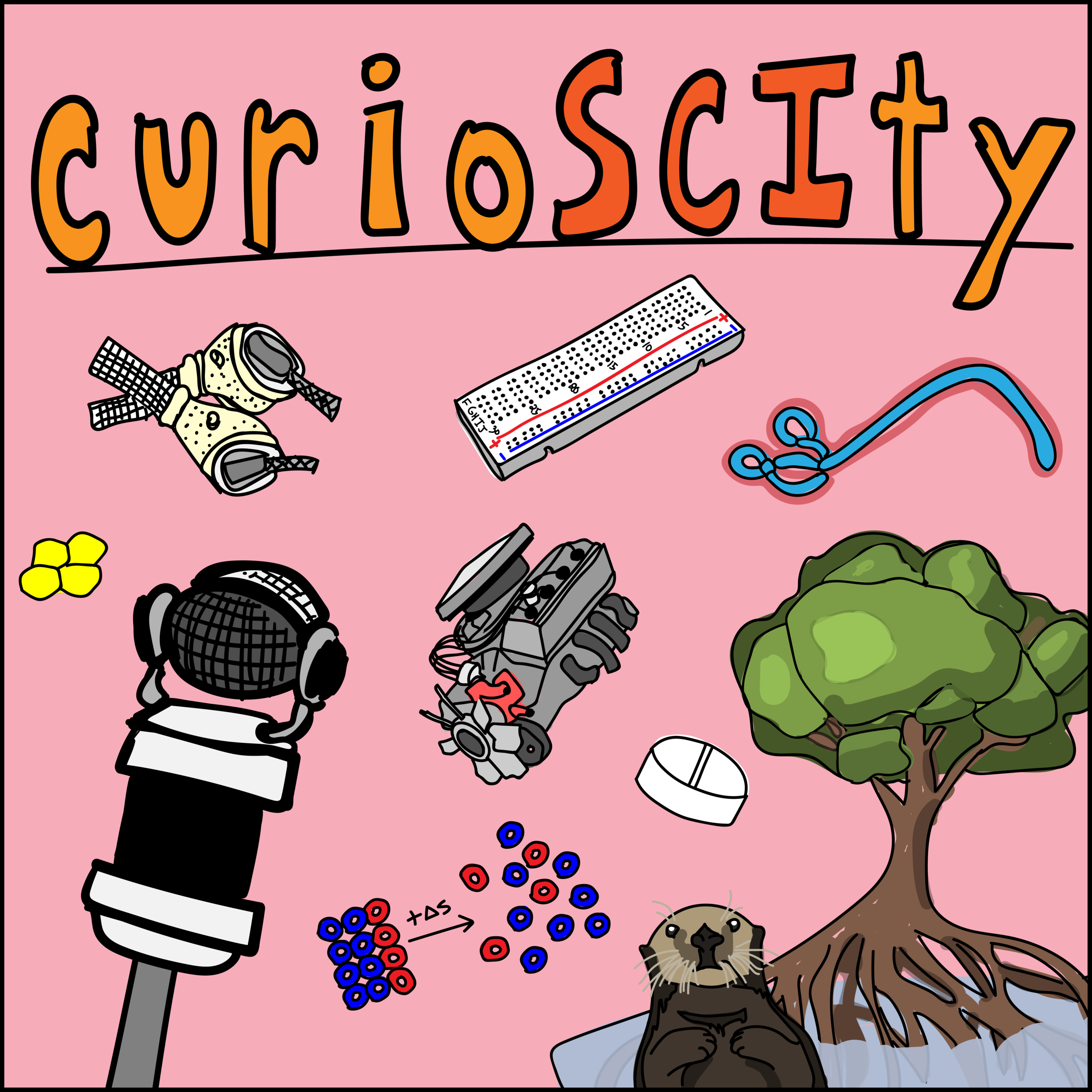65 - Mitochondrial DNA (w/ Jessica Warren!)
65. Mitochondrial DNA
There’s one place you can find DNA within your own cells that isn’t the nucleus. What are mitochondria? Why do they have DNA and why don’t all mitochondria throughout the world have the same genes? Let’s learn to be scientifically conversational.
General Learning Concepts
1) What are mitochondria and how are they similar to bacteria?
a. What is the difference between a eukaryote and a prokaryote? Life comes in whatever way we choose to define it, and one way is to examine if an organism is a eukaryote or a prokaryote. In general terms, prokaryotes are what we associate with bacteria while eukaryotes are what we associate with animals and plants.
i. Prokaryotes: Small in size (0.2 – 2 uM) without a nucleus. They do not contain membrane-bound organelles, and divide by binary fission. They have circular DNAs. [2]
ii. Eukaryotes: Larger in size (10 – 100 uM) with a nucleus. They have membrane-bound organelles and divide by both mitosis and meiosis processes. They have linear DNAs.
b. Why would an organism develop membrane-bound organelles? Having organelles allows for organization to do specific functions in their own, enclosed areas. Just as the outer lipid rich plasma membrane acts as a distinctive partition between “inside” the cell and “outside” the cell, organelles act to separate different areas of the cell. By having organelles, cells can concentrate specific proteins (molecular machines) in a certain, smaller area. Cells can also confine molecules that might be harmful in other places of the cell in a specific area (eg. the lysosome, where molecules are digested).
c. What is a mitochondrion? An organelle responsible for generating metabolic energy in the form of ATP by oxidizing carbohydrates and fatty acids from food. This essentially means that the mitochondria are the organelle responsible for allowing the cell to breathe, freeing most eukaryotes from requiring to use strictly anaerobic respiration for energy (allowing for 15x more ATP than could be provided otherwise). There can be from one to thousands of mitochondria in a cell, depending on energy requirement needs. Mitochondria contain their own set of DNA (circular), encode for some of their own genes, and reproduce independently compared to the cells they are found in by binary fission.
a. mtDNA: Traditionally known as a circular genome of about ~17kb. The genome encodes for 13 proteins, 22 tRNAs, and 2 rRNAs. Many of these genes are critical for oxidative phosphorylation, enabling ATP production from mitochondria. Transcription is done in a polycistronic fashion.
b. Mitochondria are not self-sufficient: There needs to be import of nuclear gene products in order to function.
c. “Relative ploidy”: There are many copies of the mitochondrial genome because cells often contain many mitochondria.
3) Recent research examples of mitochondrial DNA
4) Fun Tidbits
a. What are cristae? The double-membraned mitochondrion can be loosely described as a large wrinkled bag packed inside of a smaller, unwrinkled bag. The wrinkles, or folds, are organized into layers called the cristae (singlular: crista). The cristae greatly increase the total surface area of the inner membrane.
b. Chloroplasts: It would be entirely inappropriate to say that this entire process is only true of mitochondria – in fact, the same thing likely happened in plant cells with chloroplasts. In 1883, Amdreas Schimper (a botanist) examined how organelles of plant cells divided and saw that they were quite similar to some bacteria. The chloroplasts in a cell are critical to allow for photosynthesis and are similar to cyanobacteria, bacteria capable of photosynthesis (episode 14, what are bacteria).
a. Are mitochondria exclusively inherited by the maternal lineage? Once thought to be absolutely exclusive, recent research makes this out to be the vast majority instead. The paternal mitochondria in C. elegans (episode 16) seems to have an internal self-destruct mechanism activated once a sperm interacts with an egg. Still, recent research has implied that there are “some exceptional cases where paternal mtDNA could be passed to the offspring”. Still, with many responses to this paper, published only last year, the evidence shown seems to be contentious.


